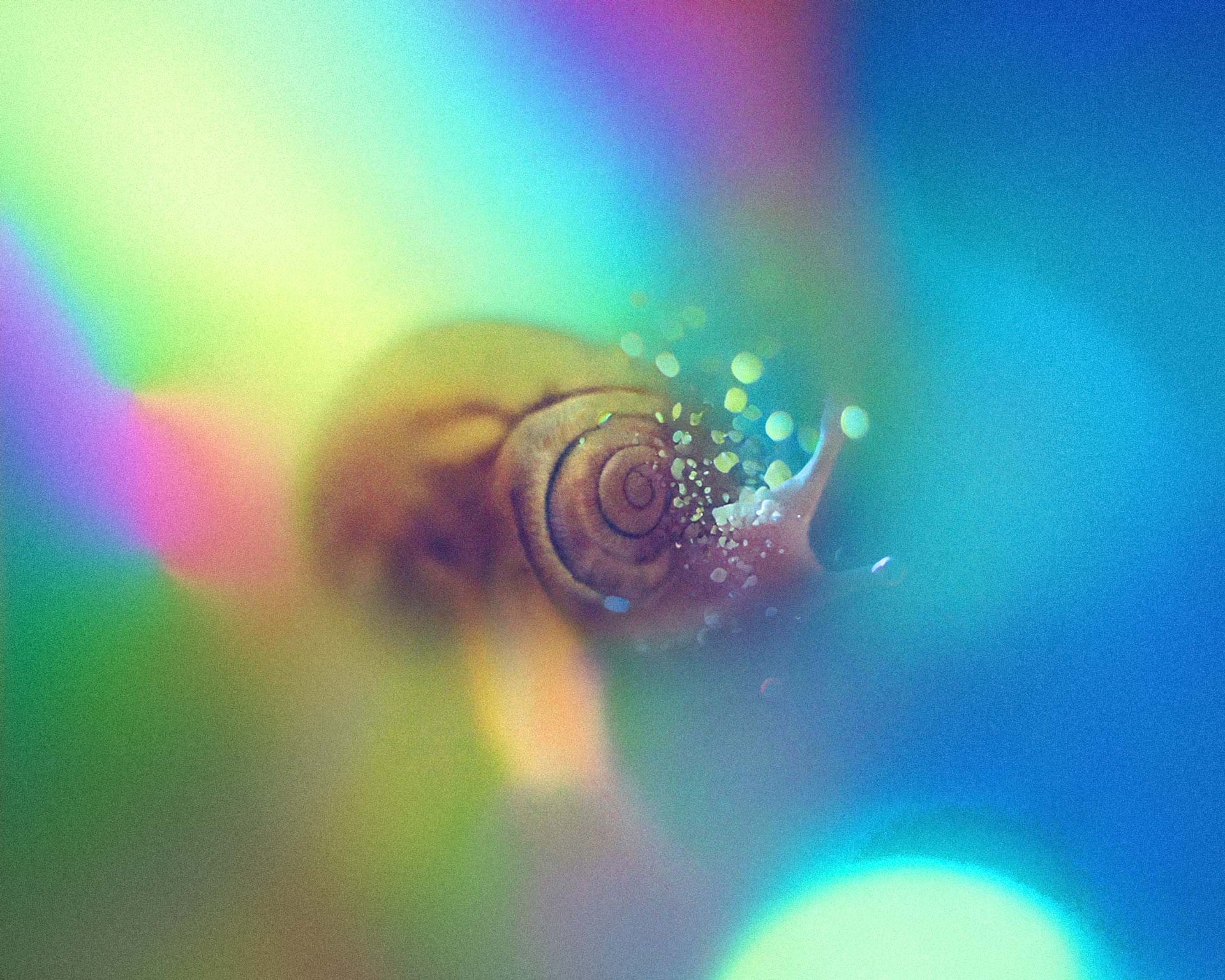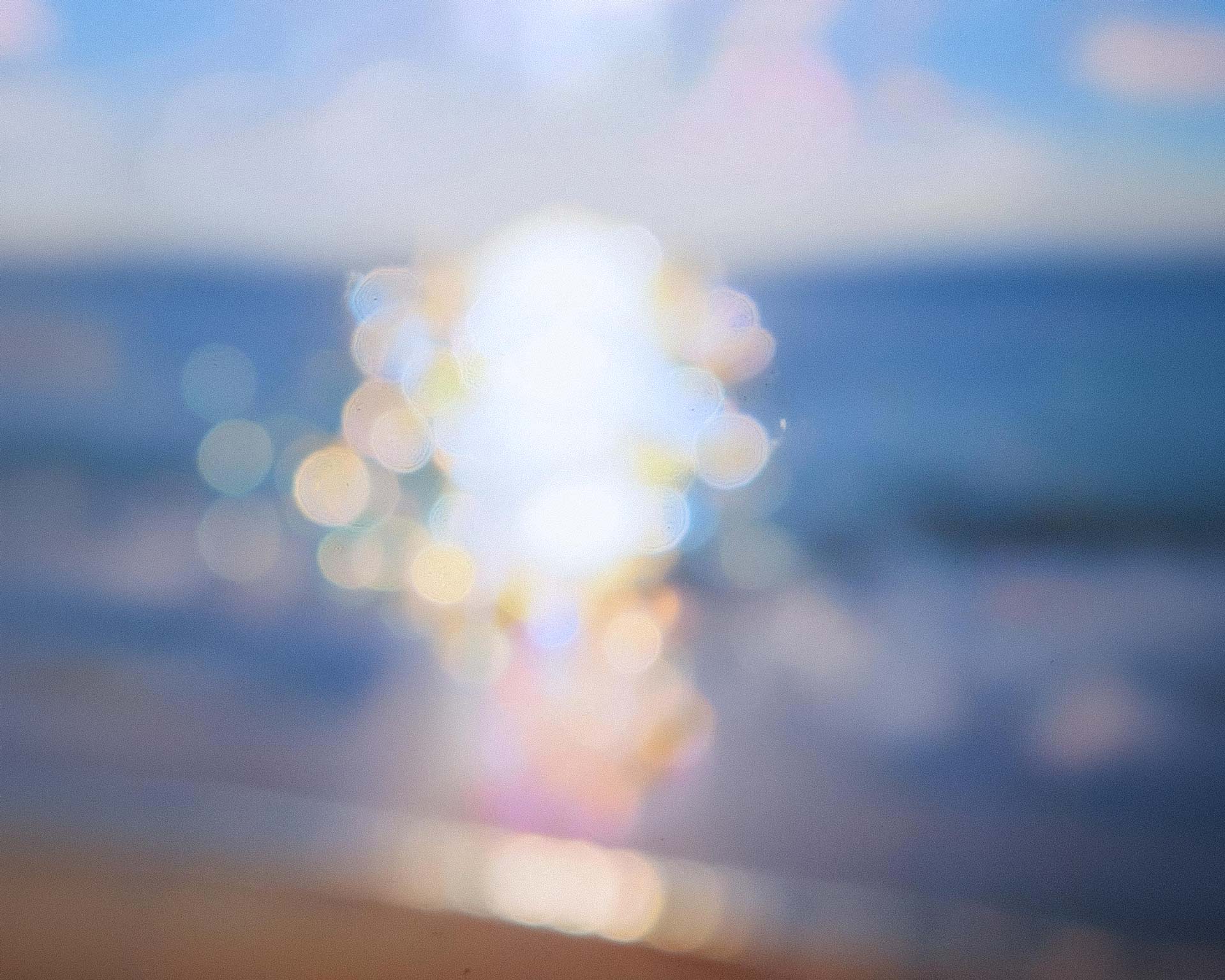Once upon a time…
Wait, no scratch that. This isn’t a story from the past. It’s happening right now, as we write and you read. And actually, it’s our story. Or at least, it’s Florida’s story, a place that’s been dealing with an invasion of giant African snails for years. These snails eat everything in sight, even walls. (Kind of like the invasive species in the Venice lagoon that cheffe Chiara Pavan cooks with.)
But back to the story. This is a journey but not just any journey. It’s long, risky, and a little bittersweet. Leaving home is never easy. But there’s hope, to find a better place to belong. And no, we’re not going to spell out the moral of the story before we even tell it. So, let’s get started.
There was a shiny little snail, happily living in a green meadow at the edge of a forest. She loved gliding slowly through the flowers. Surfing across the morning dew. Feasting on fresh leaves as if the world were ending.
But, as always, tomorrow brings its inevitable reality (thankfully, right?). And at some point, the snail realized she had eaten everything around her. Add climate change and rising temperatures to the mix, and suddenly, it was time to find a new home. So, the snail set off on a big adventure. She floated across a stream on a leaf. Climbed over a hill using an old tree trunk. Hid under a mushroom to escape the rain.
After a long journey, she finally found a lush, thriving garden. But this time, she didn’t want to make the same mistakes (smart snail!). Instead of eating every leaf in sight, she only nibbled on the fallen ones. And then she made an incredible discovery: her slime kept the soil moist, helping plants grow stronger. Butterflies acted as guides, leading her to food. Cicadas filled the air with music. Even the ants shared a few snacks.
Now, if you’re wondering, no, we haven’t lost our minds (have we?). But between the African snails in Florida and the blue crabs taking over our seas, we told you this story was about us. It starts with a tiny creature carrying the weight of its home on its back. And it ends with the one home we all share: the planet. Keeping it alive? That’s on us.
So, what’s the moral? Here it is: an “invader” isn’t always a villain. A species isn’t necessarily a pest unless we decide to call it that. Lissachatina fulica, just like sea purslane, is actually edible. So, the leap from “invasive species” to “local delicacy” might not be so big after all.
What were you thinking? Tell us at supernova@remidastudio.com.




